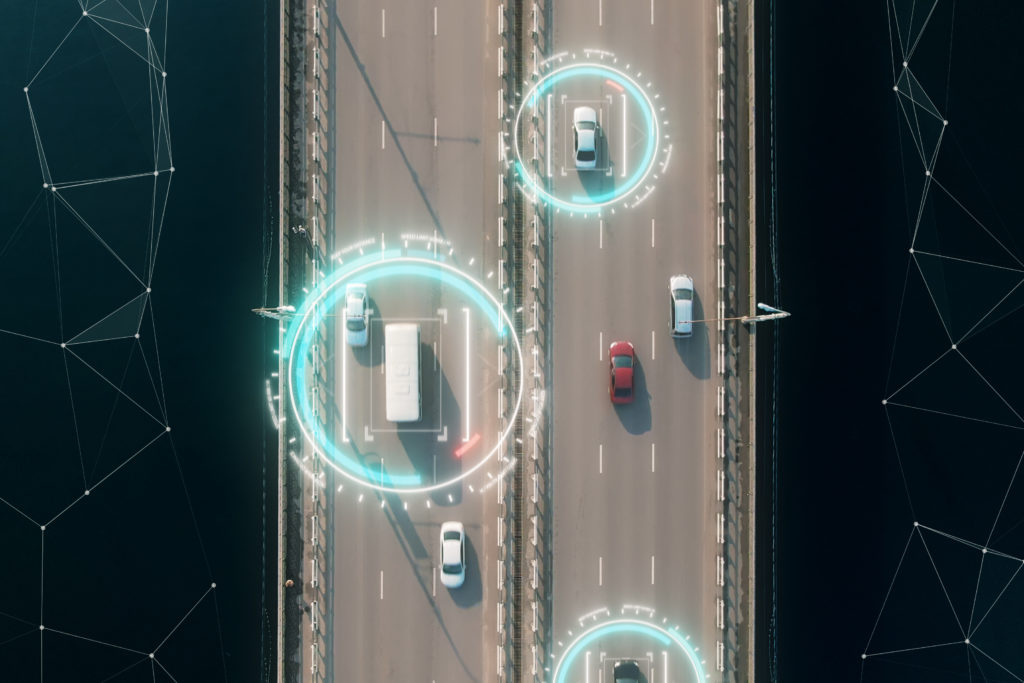Experts are claiming that the progress of safety innovations that come with new vehicle technology may be hindered by the public’s lack of trust or understanding regarding automated driving systems.
“Whether it’s Tesla or anyone else, it is incumbent on these manufacturers to be honest in what their technology does and does not do,” said chairwoman of the National Transportation Safety Board, Jennifer Homendy.
Homendy took over as chairwoman of the agency as Tesla Inc. faced backlash regarding its Autopilot capabilities following the opening of an investigation by the National Highway Traffic Safety Administration on car crashes involving Autopilot-equipped vehicles.
Although Homendy noted that Tesla has been easy to work with during NTSB investigations, she did note that various TV advertisements for Autopilot-equipped Teslas do allude to the idea that these vehicles can brake and steer on their own, although drivers must still be alert and monitoring these systems at any given time while a vehicle is being operated.
Homendy added that some officials even said they themselves believed some of these Tesla models were self-operating during a recent state highway safety conference.
“I was stunned,” Homendy said of those comments. “No, we do not [have self-operating models].”
She also explained in her first address to NTSB staff as chairwoman that she would make it a priority to–within the next 100 days–rename NTSB’s Office of Aviation Safety for it to better reflect its role in analyzing incidents occurring within commercial space travel.
“We are doing a lot, but nobody knows it,” she explained of the Office’s responsibility in these investigations. “We need to demonstrate it to our partners–to our stakeholders–that we’re ready, because we are.”
Additionally, Homendy requested that agency staff complete a regulation draft regarding updated commercial space industry-governing requirements within 60 days. The NTSB has been analyzing and investigating commercial rocket- and space vehicle-related incidents for many years, although the need for these kinds of investigations isn’t especially common. One such analysis included that of the Virgin Galactic space plane’s destruction in 2014.
“I don’t want to be in a situation–God forbid–that something does happen and we don’t have adequate resources,” Homendy explained. “So, I do believe this is an area we do need to expand and include additional expertise.”
Investigation preparation has become vital across many sectors of air transportation, she added, as robotic flying devices and un-piloted drones are currently undergoing design efforts to become future air taxis, and other innovative new methods of aircraft transportation and recreation are also in the works–such as Jeff Bezos’ recent Virgin Galactic Holdings Inc. and Blue Origin LLC ride into space, which Virgin has announced would be a joyride available to others for $450,000 per ticket.
Because of the future of this kind of travel, Homendy is aiming to boost NTSB staff and its capacity budget, as the funding-setting safety board authorization is due for renewal in 2021. The exact number of budget increase that will be requested isn’t yet known, though, she explained.
“The things that the public relies on–timely reports, great recommendations, what’s happened on an investigation [being released] as early as possible–that requires resources,” she added.
A much larger NTSB staff will be necessary for the fast-paced innovations of transportation technology and all that these changes will entail.
“We are in a time of transformational change,” said Homendy. “But, you know, I hear a lot about innovation and a lot about investment. I’m not learning a lot about safety–that’s where we come in. Safety has to be the driver. That’s our role.”
For this purpose, Homendy has requested that NTSB fill the current 50 open jobs within the agency, which makes up more than 12% of all current staff. Still, though, Homendy’s overarching goal is to bring important changes to overall safety within transportation, as she says there is a “very long list” of actions she plans to take in order to do so–including the vast improvement of driver assist system safety. She has made clear her intent to urge Congress to increase agency funding and to help the agency focus on incoming tech capabilities regarding everything from space flight to automated passenger vehicles.
“I think we have a great past,” she said of NTSB, “but I think we have to be future-looking.”





